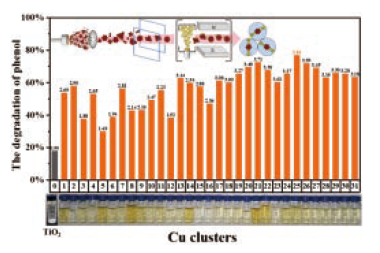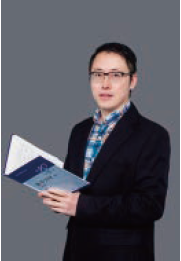Fengqi Song1*, Ximing Lu2
1Nanjing University, Jiangsu Nanjing, 210000, China
2Nanjing Atomic Manufacturing Institute, Jiangsu Nanjing, 210000, China
EXTENDED ABSTRACT: Clusters are microscopic aggregates containing several atoms, which are the genes and embryos of new substances and materials. Atomic fabrication is a bridge from atoms to macroscopic materials, but the beam current of cluster ion sources has been low, the modem mass-selective (metal) cluster beam current sources producing up to 1 nA from the team of Professor Richard Palmer [1 ]. Clusters are an important vehicle for the realization of materials genetic engineering, and the key to limiting the shift of clusters to materials genetic engineering is the bulk synthesis technology. Nanjing University research team independently developed prepares atomically precise metal atomic clusters based on cluster ion source, the cluster beam strength after mass selection breaks through 100 nA, realizing the preparation of milligram-level atomically precise mass-selected metal atomic cluster materials. We demonstrated the batch fabrication and property screening of Cu and Ag clusters as an example, which could be completed within one month, in which AglO clusters showed the best performance in electro catalytic nitrogen reduction for ammonia production,reaching 170.9 µg/(h g), and Cu25 clusters could enhance several times in photocatalytic degradation of phenolic pollutants and exceeds the level of several reported papers.
Keywords: cluster; mass selected; cluster catalysis
REFERENCES
[1] S. Pratontep, et al. Rev. Sci. Instrum., 76(4), (2005) 045103.


Fengqi Song, is a professor and doctoral supervisor in the Physics Department of Nanjing University, and a recipient of the National Outstanding Youth Fund. He has been engaged in the research of atomic fabrication physics for a long time. He has published more than 80 papers as first author or corresponding author in Nat. Phys., Nat. Nanotech., PRL, Adv. Mater. etc. He is an editorial board member of Nanotechnology, Nano Future, China Physics Letters, and Journal of Physics.